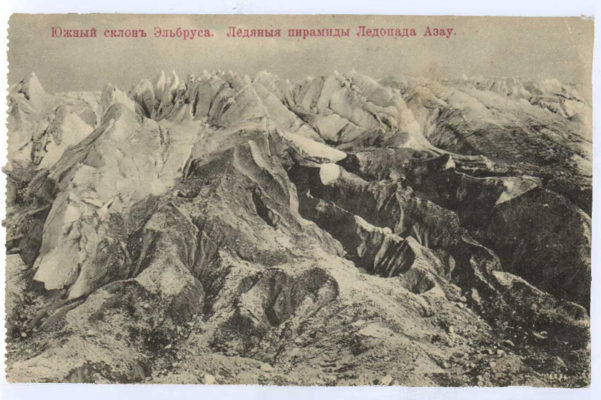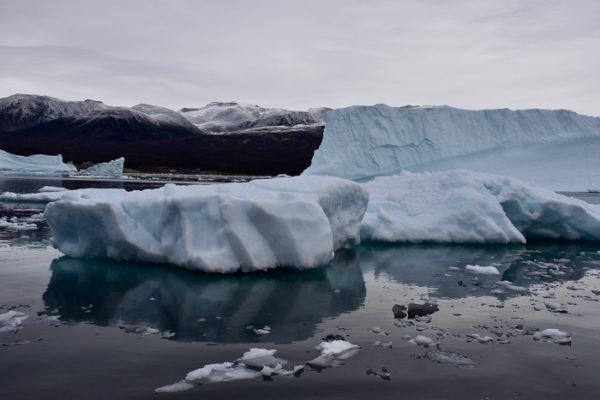Crater Glacier, located on Mount St. Helens, Washington State, U.S., tells a tale of renewal. The catastrophic and deadly May 18th, 1980 eruption of the volcano created, among other things, a deep horseshoe-shaped, north-facing crater and obliterated most of the glaciers that resided on the volcano’s slopes. By a decade and a half later, it was clear that a glacier had formed in this unlikely loca ...[Read More]
You left us too early: a eulogy to permafrost
Most problems faced in research are complex and require creativity and critical thinking. Thus, we need to be creative in science! Or maybe, science itself is creative and there is no such thing as non-creative science. Anyhow, in today’s world, where TED-talks, science slams and elevator pitches, not to mention tweets, are ubiquitous, it is important that scientific expression takes on a form tha ...[Read More]
Time & space of glaciers
People usually perceive space and time, comparing them to their own life Words such as “forever” and “until the end” appear in fiction But how can we imagine the space and time of the mountain glaciers whose existence goes beyond our usual perception? And why is it so important for us now? With this post, researcher Alexandra Rogozhina shares her thoughts on these suggestive topics. Mostly, ...[Read More]
A place called home?
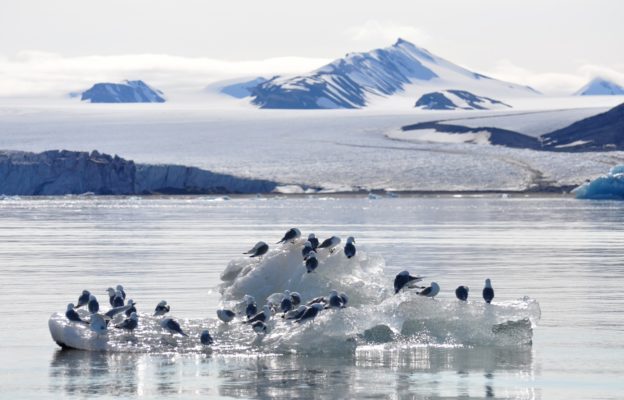
Welcome to Kongsfjorden in Svalbard. The front of the glaciers terminating into the sea is an ecological hotspot, home to many marine animals, like kittiwakes, who love to hunt here. They feed on small fish and shrimp, which at marine-terminating glacier fronts are brought to the surface by upwelling glacial meltwater. Retreating glaciers lose their contact with the ocean As the planet warms these ...[Read More]
Climate change and cryosphere – A wetter future for the Arctic

The latest climate models show that Arctic precipitation is changing more rapidly than previously projected with an earlier transition to a rainfall-dominated precipitation. This rapid change in precipitation will have huge implications for the Arctic ecosystem as well as those who live within the region. Arctic precipitation change, why is it so important? The rapid change in Arctic climate, from ...[Read More]
Did you know… Arctic lightning strikes are on the rise?
When we think of lightning, it is often accompanied by warm summer nights, tropical storms and a sticky feeling when we try to sleep. However, lightning also happens in the cold Arctic, and is even increasing in frequency. But how and why? And why does that matter? What is lightning? Lightning is caused by a difference in electrical charge between the cloud and the air, nearby clouds, or the groun ...[Read More]
Camp Century re-visited: sediment from the bottom of a Cold War ice core reveals Greenland’s warm past
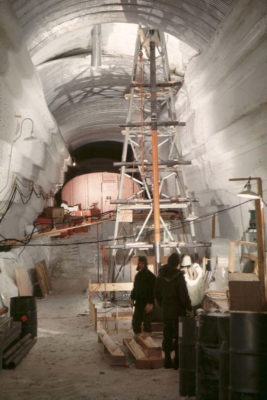
A Cold War nuclear-powered military base inside the Greenland Ice Sheet sounds like science fiction, but the science that came out of this U.S. army installation was anything but fiction. In last week’s EGU CR blog post, Paul Bierman and Amanda Schmidt discussed the advances made by the U.S. military in operating across the Greenland Ice Sheet that culminated in the establishment of Camp Century i ...[Read More]
Living IN the Greenland ice sheet: the story of Sites I and II, Camp Century’s older, smaller siblings
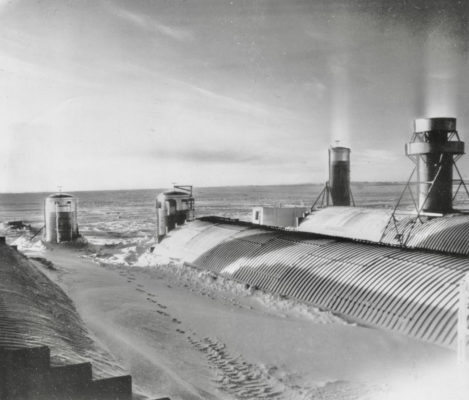
Greenland, cold as it is, was appropriately front and center in the Cold War. Strategically placed between Europe and North America, the United States sought to maintain and enhance its position on the island so that American missiles and bombers were in striking range of many Soviet targets. Soviet bombers and missiles coming toward North America would streak over Greenland making early warning c ...[Read More]
Parenting in Academia: Challenges and Perspectives
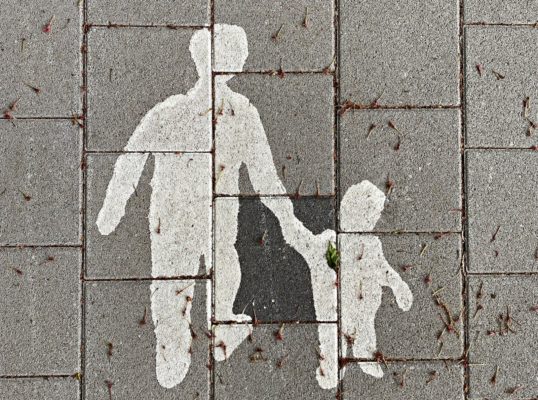
Trying to juggle teaching, advising, publishing, finding a new (or permanent) job, relocating, attending conferences, and actually doing research sometimes requires more hours in the day than exist (oh and that global pandemic situation is sticking around). Additionally, many scientists have children or are starting a family at the same time as maintaining and building a career. In this week’s blo ...[Read More]
Climate Change & the Cryosphere: Fjord sediments reveal how melting ice impact the marine ecosystem
It is scary how fast the Greenland Ice Sheet is melting and how much freshwater it is discharging to the coastal areas around Greenland. This freshening is having a serious impact to coastal marine primary production, which is the foundation of the Arctic marine food web. Now, because of increased melting and freshwater discharge, we need to understand how coastal ecosystems will react. How will A ...[Read More]



